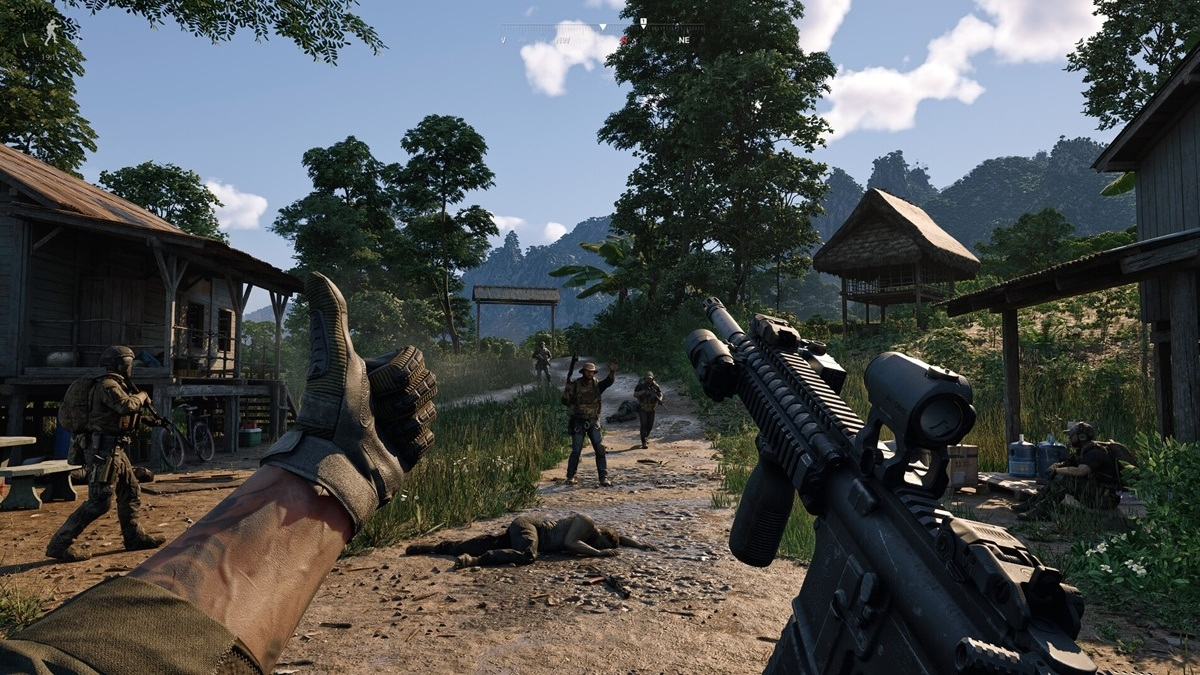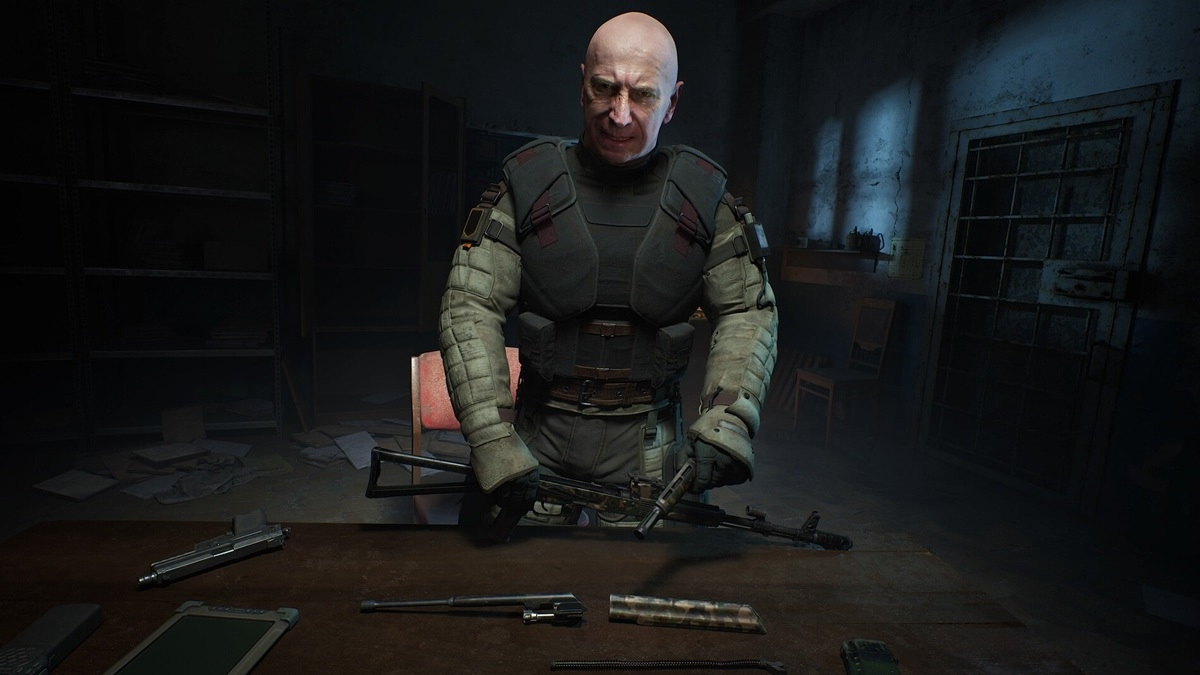Modern games are thoroughly, irrevocably broken. They run poorly, they crash, they bug out willy-nilly, and one of them might’ve even kicked you in the head once or twice. For good measure, as it were. At least, that’s the impression one gets when reading up on modern video game discourse.
There’s no point in going into the specifics here, really. We all know the drill: a fancy new game comes out, and no matter how good it is, players inevitably and impressively quickly get to breaking it down. Going out-of-bounds and establishing outright broken character builds is standard fare, after all, so why the hell are developers not anticipating these problems? Let alone actual progression-blockers and whatnot. Why are gaming studios shipping broken, half-finished products all the time? Why is this the status quo of the modern day?
I’m only being half-serious with some of these questions, frankly, because we genuinely do know why modern games are so gosh-darn broken. And it’s a simple, straightforward reason that admittedly has multiple facets to it. Developers aren’t trying to ship broken games, you see: these things break entirely of their own volition, and I’m here to state that there’s no getting around this. What? You want nuance? Oh, guess we could do with some of that.

Games are more complicated than they’ve ever been
Please understand right off the bat that I’m not blaming the players here at all. Heck, I am a player, and I get frustrated just as much as anyone else. The bit that always struck me as strange, though, is how little understanding the gaming community has for its favorite form of media.
Let’s take a step back first and assess the concept of a video game just to get the gist of it nailed down. It is, at its most basic, a complex system of interactions between various elements, both virtual and not. And wouldn’t you know it, complex systems are extremely prone to failure. It’s not a simple binary fail-or-pass situation, either: the more complicated a given system is, the more likely it is to fail over a prolonged period of time. That’s the nature of business, and there’s no avoiding it.
I’ll be the first to concede that Quality Assurance is an art that’s slowly being lost to time, and there absolutely should be more effort spent on polishing games before they get published… at the same time, though, how naive does one have to be to expect a game as ridiculously complicated as The Elder Scrolls 4: Oblivion (Remastered, if you want) to be bug-free? Or Escape From Tarkov? Or – god forbid – a live game such as Destiny 2? It ain’t happening, folks, no matter how angry we get over their bugginess.
The simple fact of the matter is that the vast majority of modern AAA projects are too deep and complicated for their own good, and even years’ worth of QA won’t be enough to polish them up to a perfect state. Do exceptions exist? Yes, certainly, but they very well are exceptions, and they are rare.
Don’t get me started on PC QA, either. It shouldn’t be hard to see why testing on PC, specifically, is a royal pain compared to consoles and standardized hardware setups like the Steam Deck. Just accounting for the frankly ridiculous variety of hardware loadouts the PC audience runs is a fool’s errand, and that too is a permanent source of code weirdness and bugginess. I’m not about to buy a Switch 2 or a PS5, no, but these really are just facts that we have to consider.
And on a similar note, it’s all too easy to fall into the trappings of rose-tinted glasses if you’ve been gaming for a long while now. There are two points to be made here, really: the first is that old games were by-and-large simpler to produce in most ways that matter, and the second is that bugs were absolutely still around, even back in the ‘90s. It’s just that most of us couldn’t download patches over-the-air back then. Instead, we’d cross our fingers and hope that the resident tech/gaming print would load them up onto its next media disc.

Critique is great, but keep it civil
Once again, please don’t take this to mean I’m trying to excuse the state of the modern gaming industry. My goal, instead, is for us all to take a step back and understand the true crux of the problem: the size and complexity of video games is such that proper 100% polishing is a non-factor. It ain’t happening.
That’s not to say game developers shouldn’t strive to eliminate as many bugs as humanly possible, however!
I still find myself playing STALKER 2: Heart of Chornobyl every so often, but there’s no denying the fact that it’s a broken mess of a game. I don’t want a CTD to break the immaculate vibes of the Exclusion Zone, and I certainly don’t want to deal with the subpar implementation of its “A-Life 2.0” systems, but it is what it is, and I get why fixing it all up may well be impossible. Heck, the old STALKER games never did get fully patched up in the end, and I am including the revised Legends of the Zone builds in this claim. If you know, you know.
Frustrations are a given, then, but the way we collectively voice them is not. Toxicity is fucking rampant in the gaming industry, and I do wish this wasn’t the case. Somewhere along the way, we’ve all sort of lost track of the bits and bobs that make video games as important and notable as they are, and there’s no real reason why the players ought to take it out on the producers.
Here’s my recommendation, then: please keep this all in mind the next time your $80 AAA game breaks. Absolutely reach out to the devs and let them know what’s up. You shouldn’t be forced to deal with an expensive new product’s lack of proper QA yourself, no, but if you want to be in on the zeitgeist early, this is the price you’ll have to pay. Wait for reviews and community assessments. Hell, wait for discounts. The r/patientgamers subreddit is a thing, and I highly recommend looking into it.
Conversely, you should be asking for better across the board! Make it known that you want polished, spruced-up games that convincingly sell their fantasies without crashing willy-nilly, or coming apart at the seams during the tutorial section. Just leave the rudeness and the toxicity out of it.
If there’s one takeaway I’d recommend thinking about in this entire article, it’s this: games are complex systems, and complex systems break. And hey, they’re not going to get any simpler anytime soon.
Share this article
3 thoughts on “Why are modern games so damn buggy?”
Join the Conversation
You must be logged in to post a comment.




This article accurately highlights the persistent stability challenges in modern titles. Even with advanced middleware, physics engines still suffer from collision detection errors that trigger soft crashes or erratic AI pathfinding. Online components introduce latency spikes and state desynchronization in MOBA matches, while open-world adventure games frequently exhibit memory fragmentation and frame-rate drops. Without more rigorous quality assurance and structured patch roadmaps, these issues will inevitably persist.
I appreciate your comment! And you’re right on the money, as it were.
I remember testing a closed beta where the physics engine would deadlock every time a player crossed a certain boundary. It really showed how limited stress tests are when it comes to cover every edge-case in pathfinding. Sadly, modern development schedules reward feature bloat over code stability. Integrating so many third-party libraries without strict interface validation is a recipe for disaster. Until studios invest real time in automated regression tests and continuous integration, we will keep seeing unoptimized code shipped to customers. It is a real shame, because the core gameplay ideas are often brilliant but completely overshadowed by sloppy engineering. 🎮😤